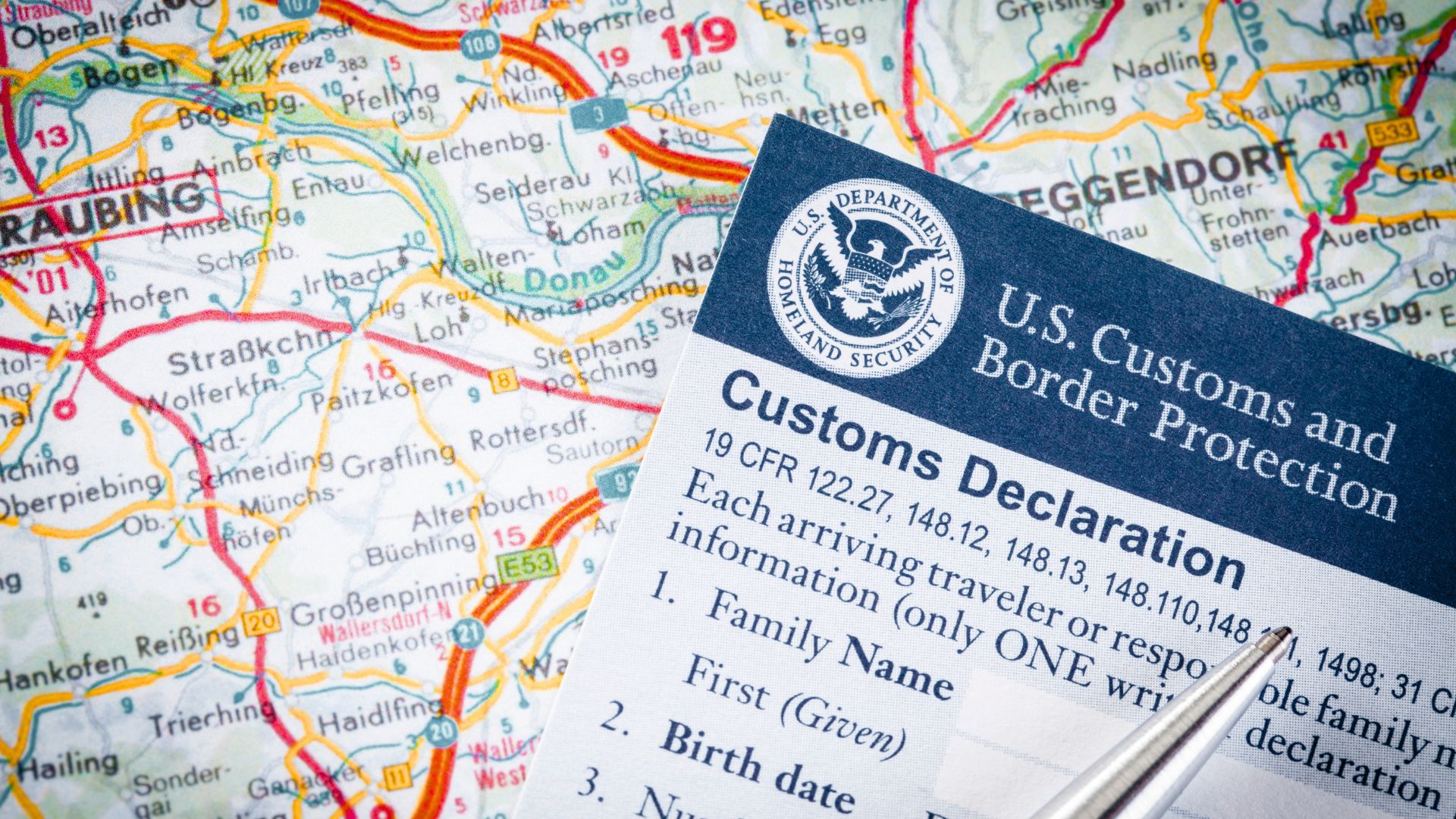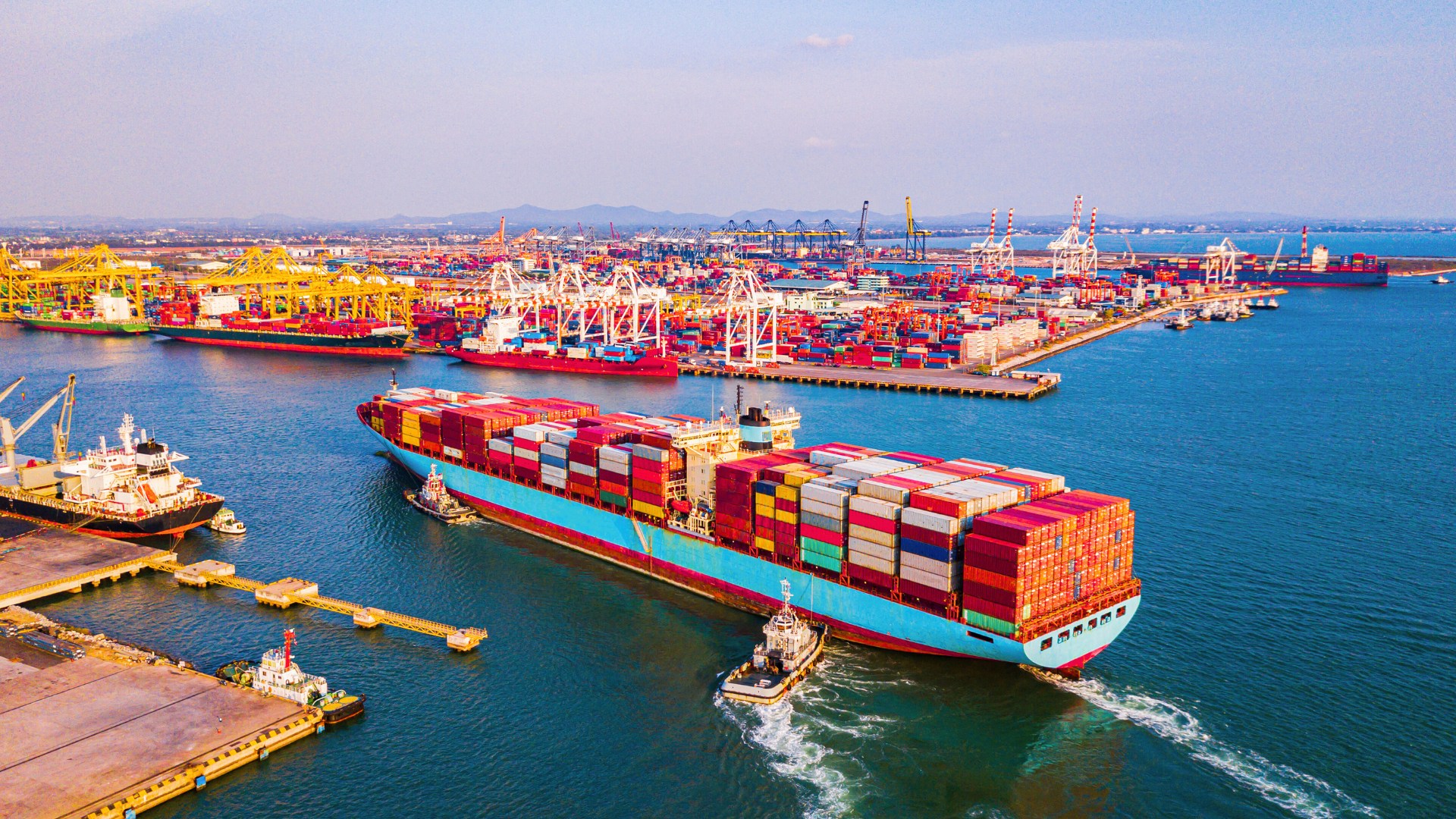For most of 2019, the US and China have continued embroiling in a trade war that is affecting companies on both sides of the Pacific. The tariff spat has caused confusion and is increasing product costs, making it difficult for companies to pursue offshore manufacturing with companies in China.
Nonetheless, there are many companies that choose to – or must – keep their operations in China. For these companies, it’s imperative to look for ways to reduce product costs and remain viable in their chosen markets. Here are five ways to reduce the costs of China-made products.
How to Reduce Your China-made Product Costs the Right Way
With the trade war taking new turns almost every day, there is much uncertainty in both the American and Chinese markets. Navigating this environment requires a certain level of sensitivity and finesse but it can be done through these five strategies:
1. Emphasize Relationships.
Companies with strong working relationships with their suppliers and manufacturers may find that their Chinese partners are just as willing to work with them as before – if not more so now. If you haven’t developed such a relationship with your manufacturer consider reaching out to liaison like ITI Manufacturing for help in doing so.
2. Do Ask for but be Careful about Asking for Reduced Prices.
The trade war has hit the manufacturing sector in China also, causing it to slow for the past six months. With many companies asking for price reductions this is a delicate but necessary conversation to have.
3. Do Not Threaten to Leave.
Threatening a maker is never a good strategy. If the factory does not honor your request for lower pricing you option is to find a different maker. While this strategy can be time-consuming and expensive it could also pay big dividends. This situation is a good example of when an OEM offshore contract manufacturer with people “on the ground” in China can be a fantastic resource. The China staff of the company knows the manufacturing landscape and will be able to much more easily find a new maker for your products as well as help your project keep on track. Tensions between countries manifest themselves in curious ways sometimes. It’s always best to have a company that thoroughly understands the local “mood” working with you in another country.
4. Ask for an Exclusion Request.
The United States Trade Representative (USTR) allows individuals and companies to submit exclusion requests on specific products to bypass the steep tariffs being imposed on imported China-made goods. If your product has been hit with this tariff, consider applying for exclusion to alleviate the increased cost of production. Another suggestion is to study the tariff codes and look to see if there may be an appropriate code for your product. If possible, you may find an associated lower tariff percentage.
5. Reduce the Packaging Cube / Change Materials
There’s more than the manufacturing cost to consider when looking to reduce product costs. Consider things like reducing the packaging cube of a product. Packaging the product in a different way may save space. Alternate materials may also be a valid way to reduce costs.
Reducing Product Costs for Goods Made in China
Despite the ongoing dispute between the USA and China outsourcing manufacturing to China is still a viable and cost-effective strategy for many companies. There are many ways to reduce product costs, even in the face of increasing tariffs. By exploring some of these suggestions, and others, your cost of production will have a chance to remain sustainable. We’re here to help US companies strategize and navigate through the offshore manufacturing process.
ITI Manufacturing has 45 years of proven experience that your company and many others can leverage to your benefit. So, if you’re new to Chinese manufacturing, or experiencing challenges with your current offshore manufacturing, contact us today. Our experts are ready to help you get started or discuss how best to rectify your current offshore manufacturing issues. Call us toll-free at 281-242-7030 for immediate assistance.





